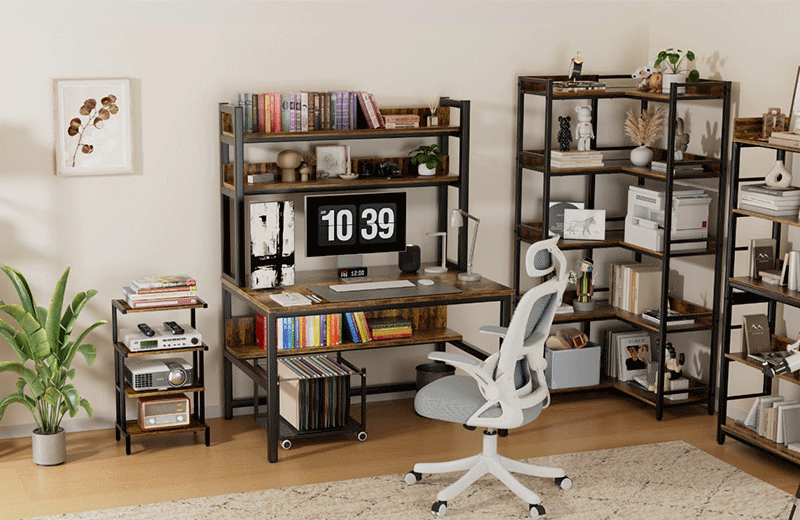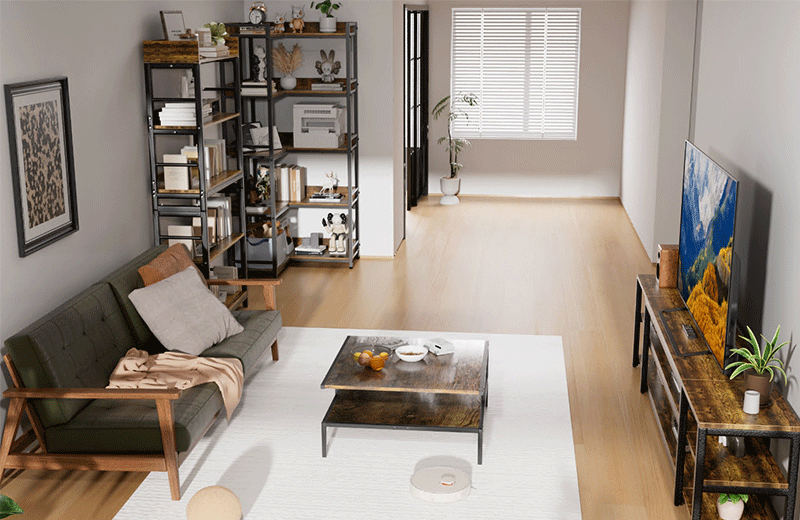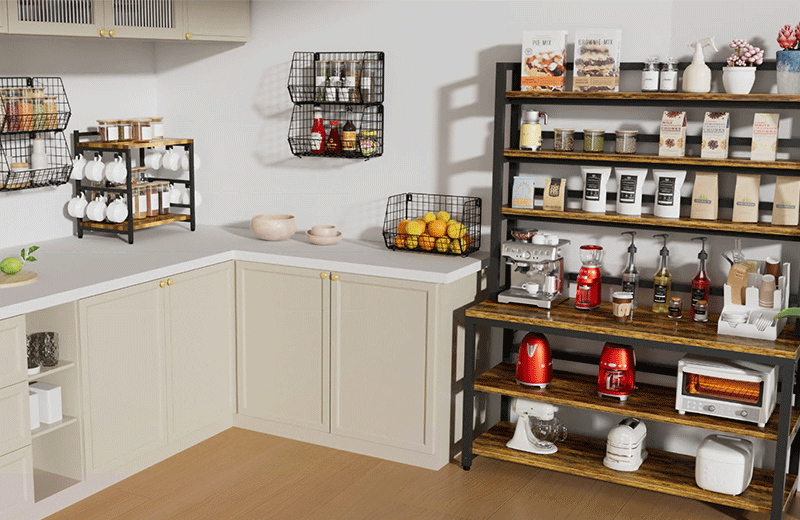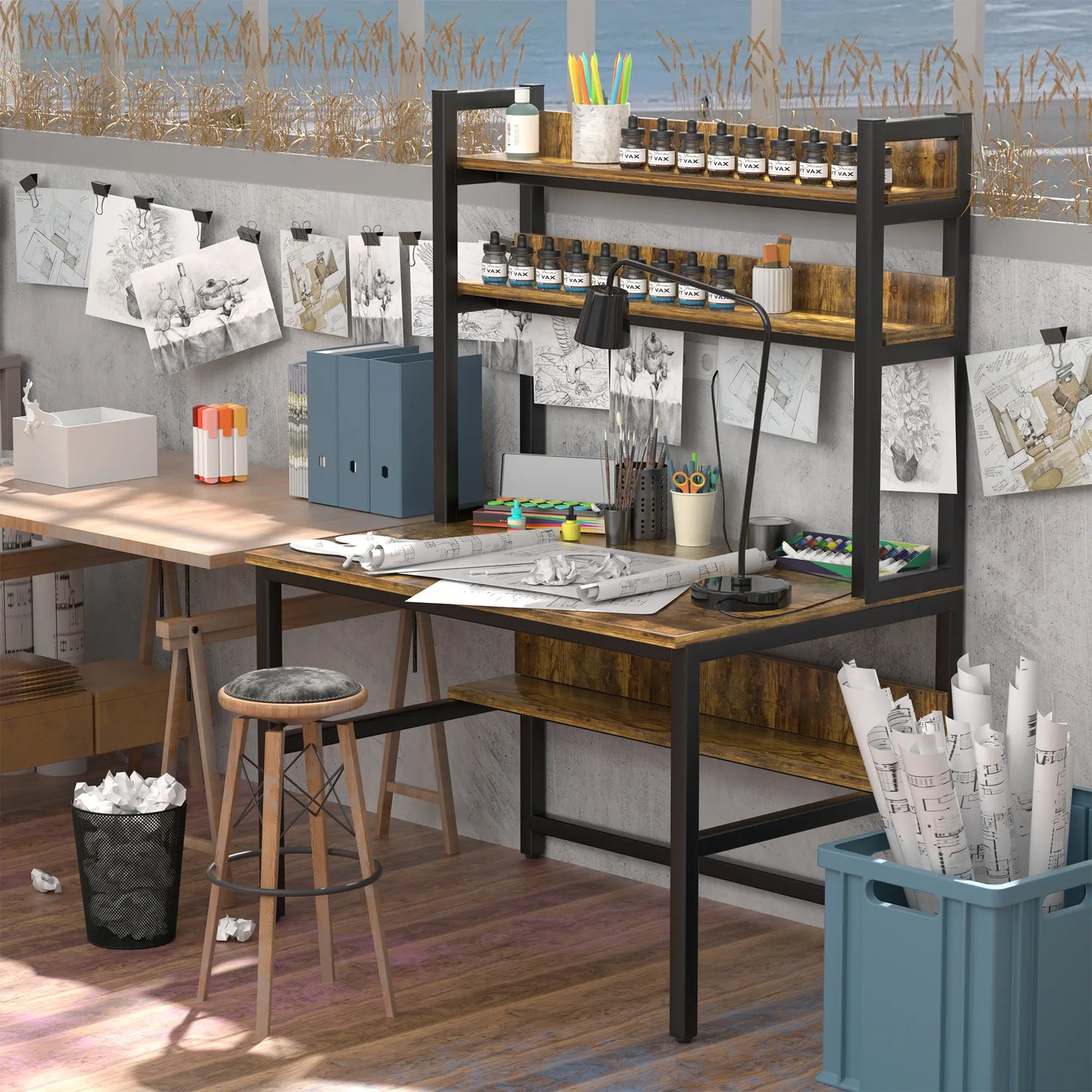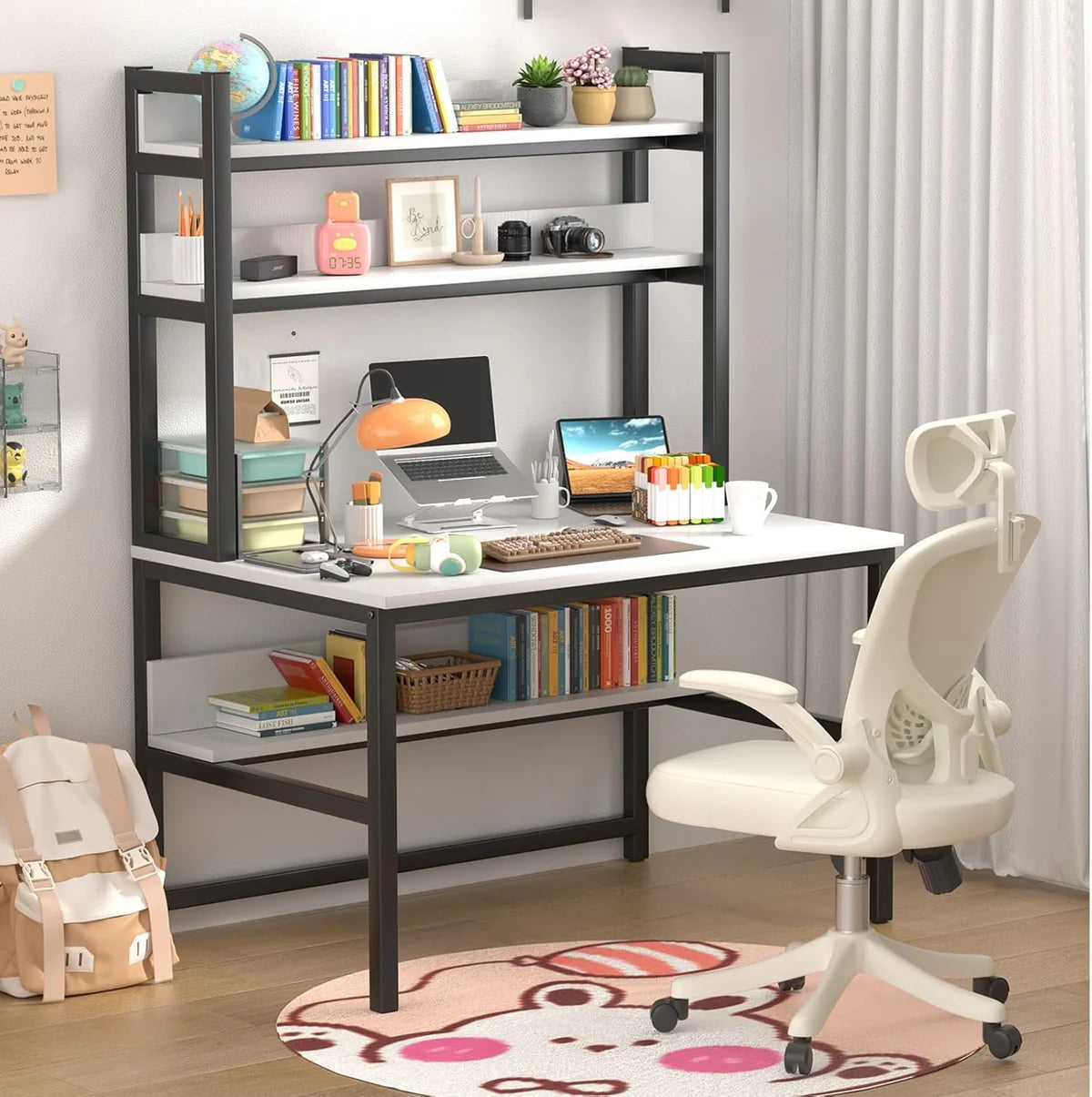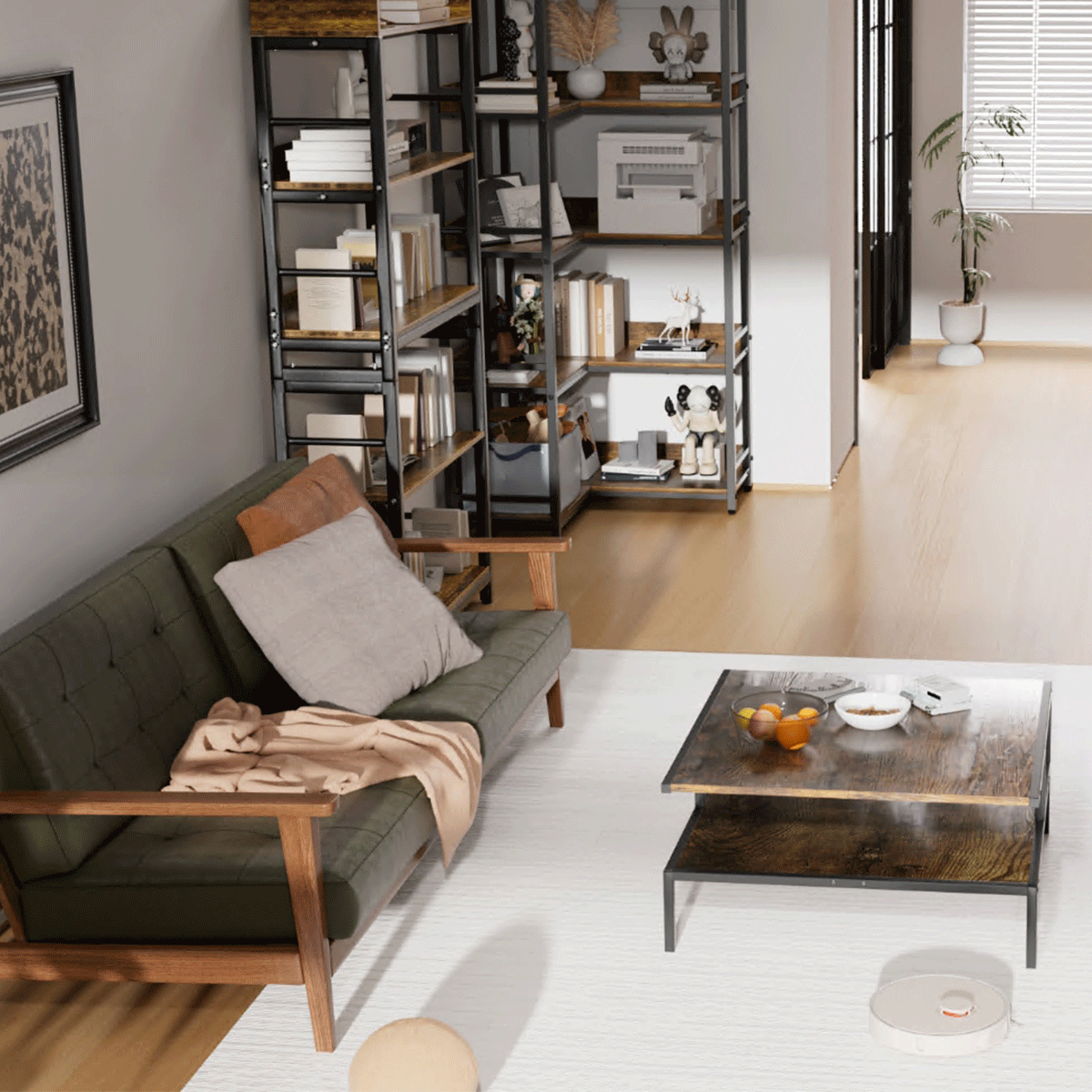Navigating the world of office furniture can feel like wandering through a labyrinth, especially when trying to find the perfect desk height. The wrong height can lead to discomfort, decreased productivity, and even long-term health issues. This guide will demystify the process, providing you with the knowledge to choose a desk height that promotes comfort and efficiency while you work. Let’s explore the science behind ergonomic desk height and how to find the right desk for you.
1. The Science Behind Ergonomics
Ergonomics is the study of designing equipment and devices that fit the human body, its movements, and its cognitive abilities. When it comes to desks, ergonomics focuses on creating a workspace that minimizes strain and maximizes comfort and productivity. The right desk height is crucial in achieving this balance.
2. The Ideal Desk Height When Sitting
The ideal desk height when sitting should align with your elbows when they are bent at a 90-degree angle and your forearms are parallel to the floor. The ideal desk height when seated is aligned with your elbows bent at a 90-degree angle and your forearms parallel to the floor. Adjusting this measurement to your unique body dimensions is essential to ensure optimal comfort and posture. Aquzee produces desks that are not only ergonomic, but also enhance your comfortable, productive and healthy workspace.
3. Measuring Your Ideal Desk Height
To determine your ideal desk height, follow these steps:
Positioning: Sit on your chair with your back straight, feet flat on the floor, and arms at a comfortable 90-degree angle.
Measurement: Have someone measure the distance from the floor to the crease of your elbow. This is your ideal desk height.
Adjustment: If purchasing a new desk, ensure it matches this measurement; if it doesn’t, consider a height-adjustable desk or a desk riser.
4. The Role of Your Chair
Your chair plays a crucial role in maintaining proper posture. It should support the natural curve of your back and allow your feet to rest flat on the floor. The seat height should align your elbows with the desk height. If the desk is too high or too low, adjusting the chair height or using a footrest can compensate.
5. Screen Placement and Alignment
The position of your screen is also critical. It should be directly in front of you, at eye level, and about an arm’s length away. This prevents neck strain and promotes a neutral head position. Monitor stands or adjustable arms can help achieve the proper height.
6. Customization and Personalization
Remember, the best desk height is one that is customized to your body. Considerations such as your height, arm length, and even your sitting style can affect the ideal desk height. Experiment with different settings to find what feels most comfortable for you.
7. Professional Ergonomic Assessment
If you experience persistent discomfort or work for long hours at your desk, consider a professional ergonomic assessment. An ergonomist can provide personalized recommendations for your desk height and overall workstation setup.

